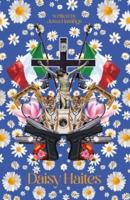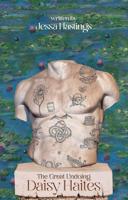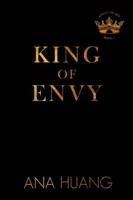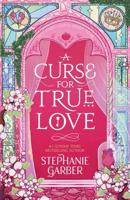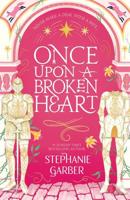Publisher's Synopsis
This historic book may have numerous typos and missing text. Purchasers can usually download a free scanned copy of the original book (without typos) from the publisher. Not indexed. Not illustrated. 1838 edition. Excerpt: ... LETTER XXIV. Church of St. Augustine.--Canova's Monument to the Archduchess Christina.--Canova's Theseus.--The Imperial Residence.--Apartments of the Empress-Mother.--Isis by Canova.--Retnrn of the Court from Prague.--Musical Festival in the Yolks-garteo. Vienna, September 27th. As we set off upon our expedition to see the imperial palace immediately after breakfast, I thought we should have time enough to visit one of Cauova's most celebrated works, which lay directly in our way to it. The church belonging to the convent of St. Augustine, vhich is considered to be the parish-church of the court, contains the magnificent monument of the Archduchess Christina, who married Duke Albert of Saxe Teschen. It was he who, in the year i8o5, enriched Vienna by erecting this most splendid of modern cenotaphs to her memory. Yny description of this elaborate work would answer no good purpose, for you have probably seen engravings from it, and, if not, I should not succeed in giving you a correct idea of its singular grace and beauty. I will only tell you, therefore, that it consists of a pyramid of marble, in which;i door appears to open upon a dark tomb. Around this dismal door are, I think, nine figures as large as life; without counting a superb lion, that makes a part of the allegory represented, and which is stretched beside the door of the tomb. I never in my life admired any allegory but those of Spenser, and even those I admired chiefly because it was so easy to forget that they were allegories. But the beauty of these sculptured groups must of necessity enchant the eye, however little sympathy they may find from the understanding. The whole of this vast composition is of the finest white marble; and the cost of it is said to have been twenty...





